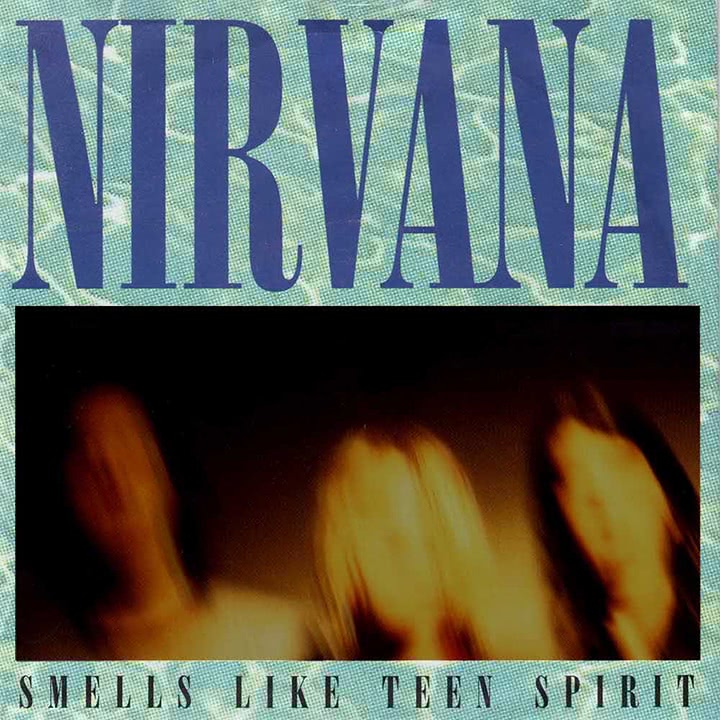The song that pushed the alternative movement into the mainstream started as so many do, being bashed out in a garage and captured in all its muffled, tin-can glory on a shitty boombox.
Nevermind producer Butch Vig referred to the ‘boombox’ demo years later as “super lo-fi and dirty and trashy, really primal”, which is a polite way of saying “rough as shit”. Vig was speaking of the demo’s curio level among fans, following an extensive reissue of Nevermind 20 years later, but at the time of recording, this audio quality was a merely a byproduct of a workman’s approach to getting something on tape in order to send to Vig.
As they bashed out an embryonic version of Kurt Cobain’s latest composition – a song which married chugging verses lifted from Pixies track ‘Gouge Away’ to a big riff reminiscent of Boston’s ‘More Than A Feeling’ – they certainly weren’t expecting it to be heard by anyone outside of the three band members and Vig.
“We were this transient band, crashing other bands’ practice pads,” Krist Novoselic recalled years later of Nirvana’s demoing process, this one recorded in a space in Tacoma, Washington in early ’91. Also among the songs they quickly smashed through during this same session was ‘Come As You Are’, Nevermind’s second hit single. “Kurt was so compelled to write songs, so he’d always be banging something out,” Novoselic explained. “He’d have these ideas, and we’d just kick ‘em around for hours.”
In this form, ‘Smells Like Teen Spirit’ would have never been the revolutionary watershed moment it was. It is far too lumbering, with the chorus outstaying its welcome and the post-chorus bridge doing likewise. Vig’s role was to trim the fat, helping Cobain shape the track into the tight pop arrangement of the finished version. The verse vocal melody seems to dance more in demo form, being closer to the one heard on fellow Nevermind standout ‘Drain You’.
Cobain was yet to write any lyrics, instead mumbling nonsensical phrases, the shape of many he would keep as he placed less opaque words in place. (A fun game is to read the fan translations of these lyrics, none of which are any more than guesswork.) The “a denial” ending drones on for far too long; you can imagine Cobain trying to catch a flailing Grohl’s eye to signal when to end it.
The best part of this demo is how it is undeniably great, yet it could easily have been just a rehearsal tape by a local loud garage band. You can imagine the three of them waiting for the final chord to ring out before hitting ‘stop’ on the boombox, and moving onto the next song – none of them suspecting what they had just started.



































